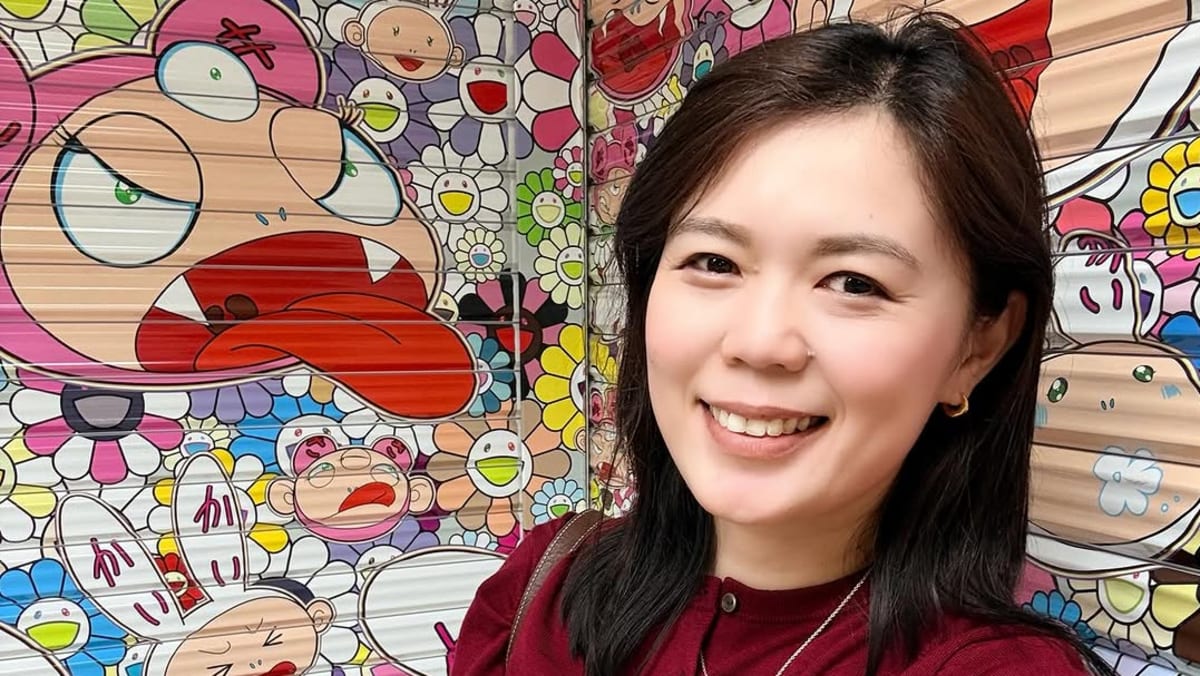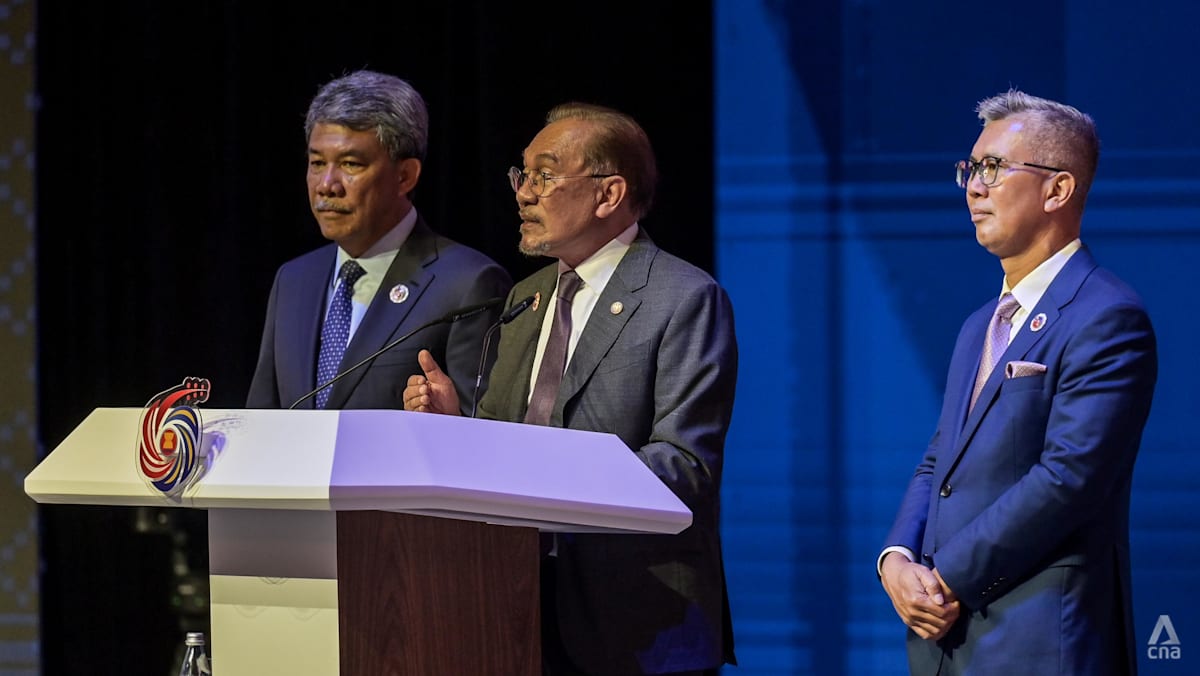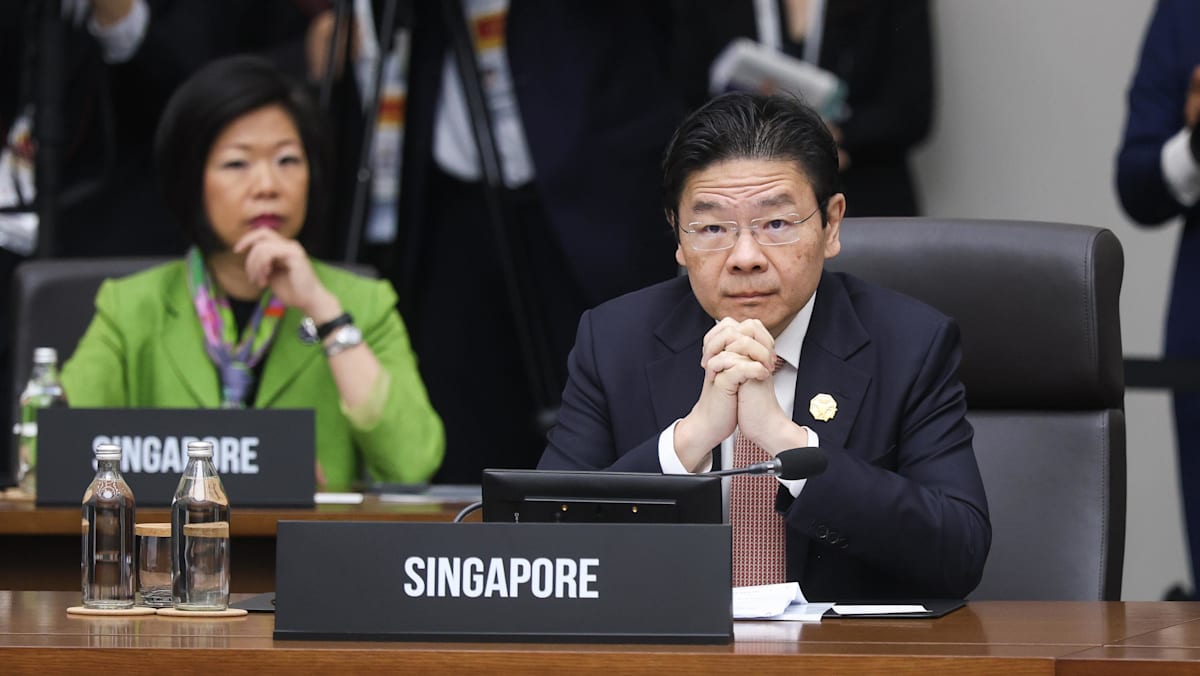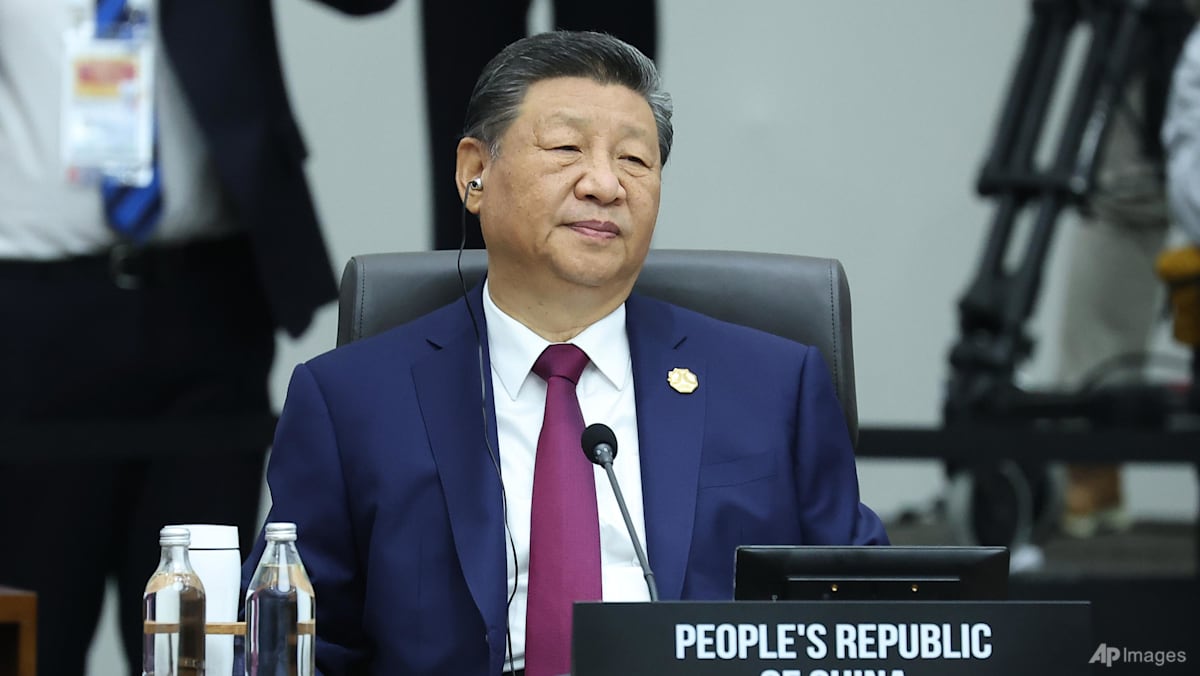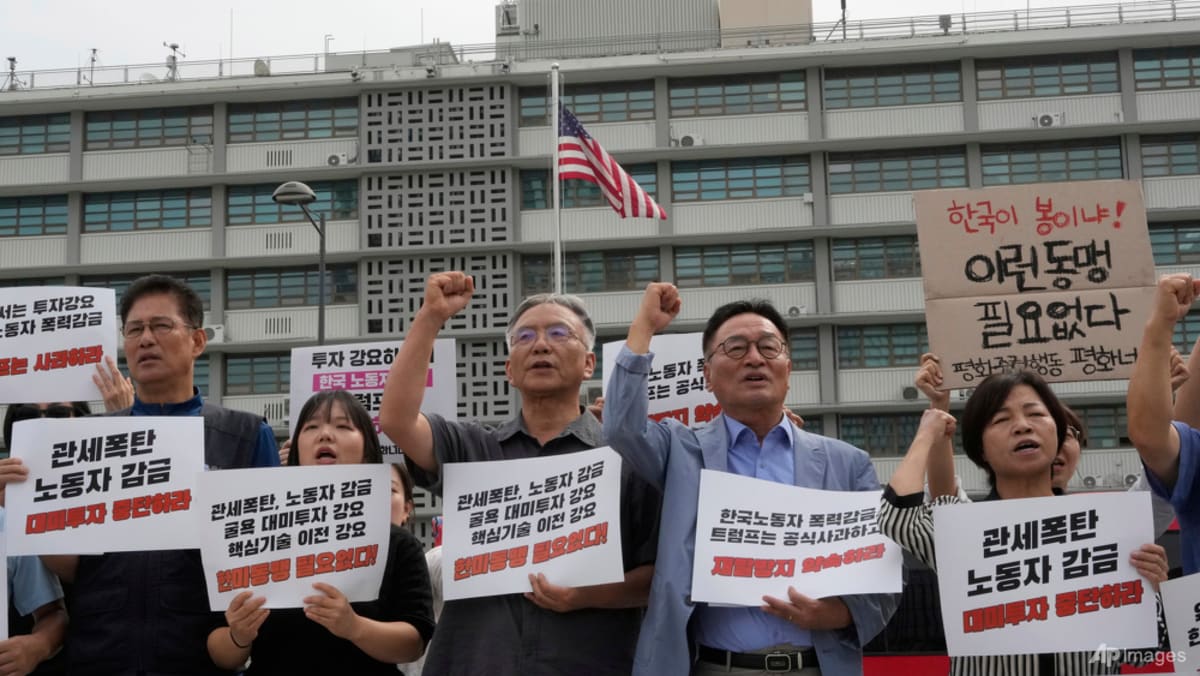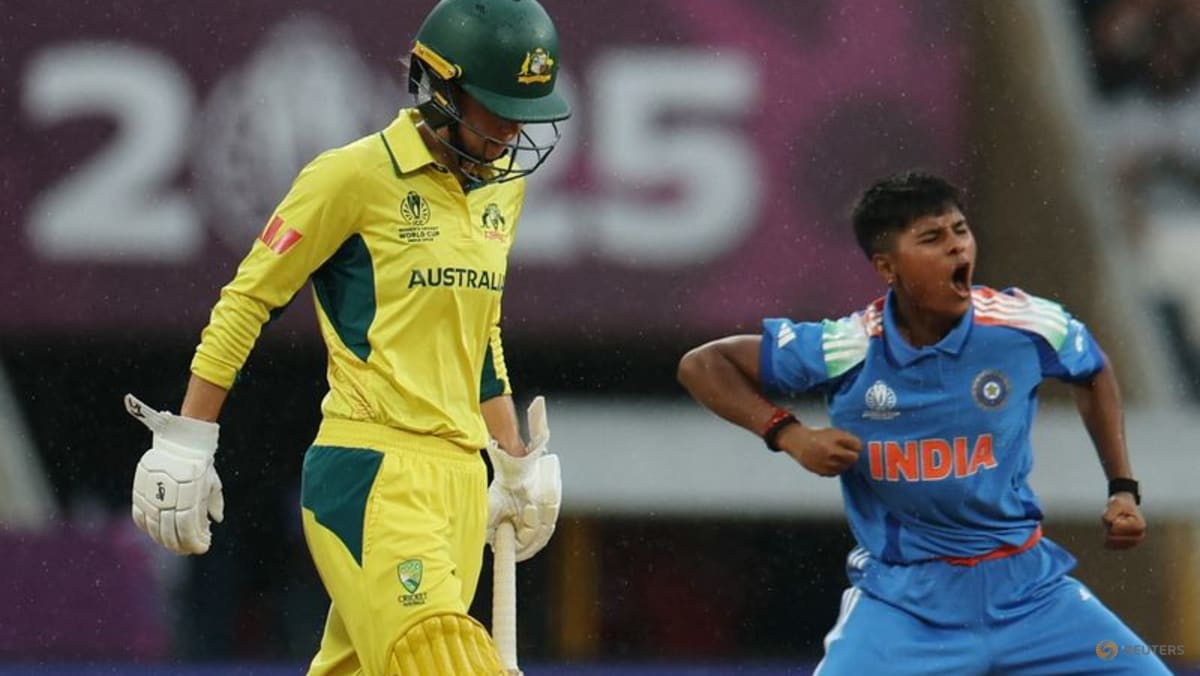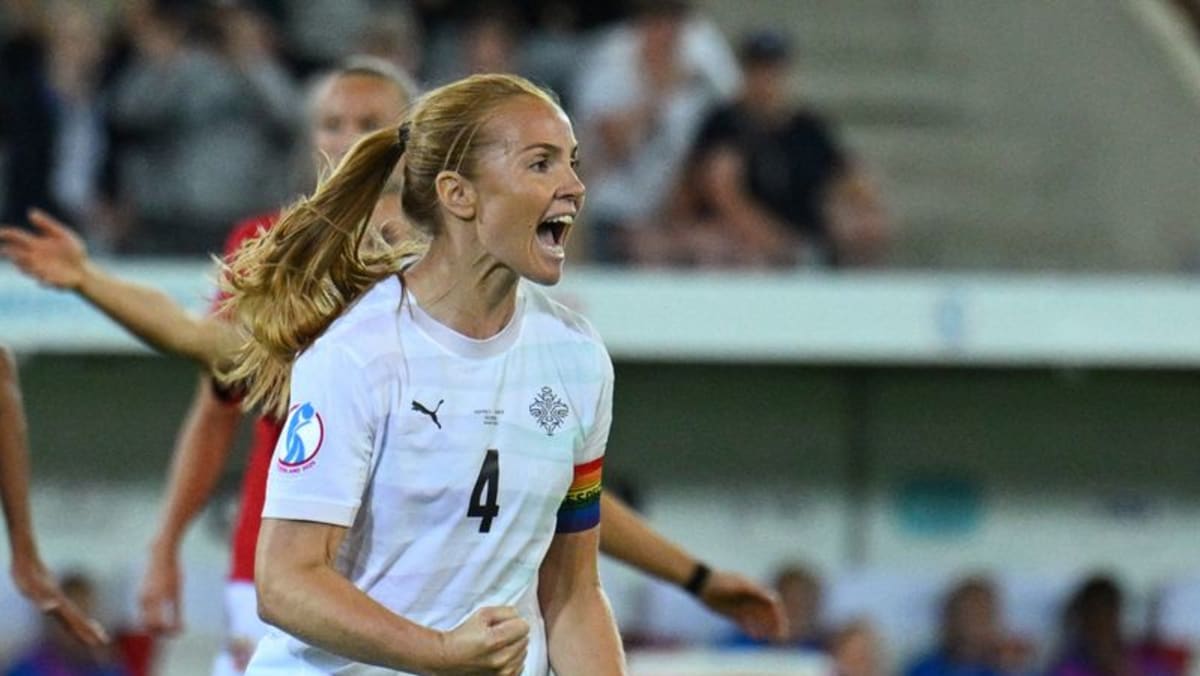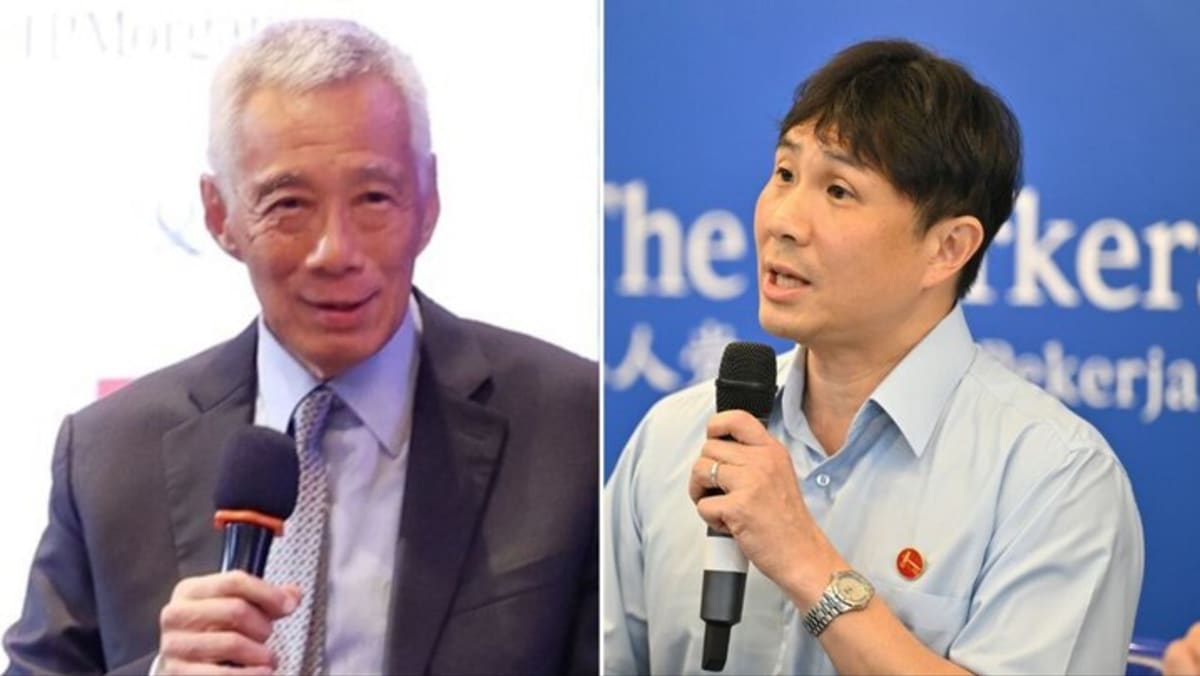SINGAPORE: When Tinder introduced a height filter for premium users, the internet predictably lost its mind. The feature allows users to set the minimum and maximum height of potential matches.
Some think it’s about time we became more transparent with our dating preferences. Others see these preferences as a way to discriminate. But it’s not so black and white.
Studies confirm what most of us instinctively know: Both men and women tend to prefer couples where the man is taller.
This preference isn’t random. It’s rooted in deeply gendered ideas: Tall men signal strength; shorter women are more docile. The visual pairing supports a cultural narrative: He protects, she’s protected.
So yes, shorter men are often overlooked before a conversation even starts. But tall women, seen as intimidating or unfeminine, can also get edged out of the dating economy.
But are preferences about our partner’s appearances inherently bad?
GAP BETWEEN PUBLIC VALUES AND PRIVATE BEHAVIOUR
Outrage over height filters on dating apps reveals the gap between our public values and private behaviour. Many of us publicly champion body positivity, yet privately filter matches based on appearance. Tinder didn’t invent that contradiction. It just made it visible.
Those disgruntled by such hypocrisy might ask: If dating app users can sieve out matches by their height, why not by their weight?
Weight comes with more moral judgment than height because it’s considered changeable. People are praised for losing it and shamed for gaining it. That’s why a weight filter would likely spark even more outrage – it taps into decades of stigma, especially against women.
Yet height filters operate on the same logic: that physical traits are valid proxies for compatibility. If body positivity is about challenging that logic, then we need to examine height filters because they quietly reinforce a hierarchy of desirability.
When dating apps turn our preferences into algorithms, they stop being just personal. They become patterns that influence who gets seen and who stays invisible.
How do we reconcile body-positive ideals with the reality of personal attraction? What do we do when our values clash with our instincts?
There’s also a cultural blind spot when height preferences can unintentionally exclude ethnic groups. That adds another layer to the conversation: When we filter by height, are we also filtering by race – even if we don’t mean to?
JUST A MARKET RESPONSE?
Tinder isn’t alone in rolling out such a feature. It’s merely following a playbook that’s worked. Bumble and Hinge already offer height filters, while Grindr and OkCupid let users filter by body type.
The demand is real, and people are paying for it.
Companies don’t spend time and money building features no one wants. Tinder’s height filter exists because user behaviour pointed to it – through swipes, drop-off rates and stated preferences.
“It’s pragmatic,” a friend told me. “There are so many fish in the sea; might as well narrow it down.” A Reddit user put it more bluntly: “This is all about physical appearance, so why shouldn’t we filter for that?”
That logic seems efficient – until you consider what gets lost. When preferences become hard requirements, we box ourselves in. You might filter out someone who could’ve made you laugh until your face hurt. These personality traits can’t be quantified and made into a filter.
People routinely lie about their height on dating apps anyway. That same friend who told me the height filter was pragmatic also said he’s been catfished many times because of it.
There’s also real-world nuance the apps don’t account for. In reality, short men still get dates. Tall women find partners. People are attracted to humour, confidence, emotional intelligence or financial stability. Height may be a preference – but it’s rarely the dealbreaker the internet makes it out to be.
It’s worth noting that Tinder’s height filter doesn’t exclude users entirely, but influences the algorithm’s recommendations. In other words, you’ll still see people outside your preferred range – just less frequently.
WHAT REALLY MATTERS IN DATING
But we still have to ask: Should tech enable us to double down on superficiality, or encourage us to look beyond it?
Most of my friends – single, married, straight, queer – agree: Looks might catch your eye, but they don’t hold your heart. What really matters? How someone treats you. How they show up when life gets hard. How they make your worst days feel bearable.
Yet we use apps that prioritise aesthetics, and pay a pretty penny to get the best matches. Maybe because it’s easier to swipe on faces than to wait for connection, or we’re scared of wasting time. Maybe it feels safer to trust algorithms than to risk disappointment.
Honestly, we should be free to date whomever we want. No one owes anyone attraction. But when our platforms automate and monetise those preferences, we have to ask: What are we optimising for – and at what cost?
Tinder’s height filter isn’t just a feature. It’s a mirror. And what it reflects is a culture still tethered to outdated ideals, even as we claim to move past them.
That doesn’t make us bad. It makes us human. But the more honest we are about what drives our choices – the more likely we are to build a dating culture that reflects who we are, not just what we’ve been told to want.
Maelyn Lagman is a freelance writer and leads content strategy at a Singapore startup.


